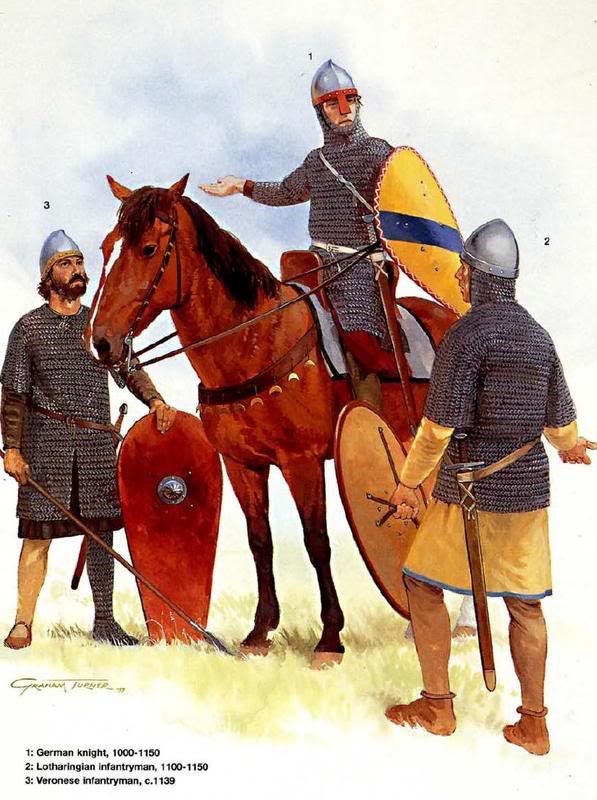Also, why would they order a larger calibre in the first place if the smaller calibres were sufficient?
I don't know. It is like asking why they developed King Tiger (everyone knows that producing King Tigers was a total waste of resources).

I'm not claiming that in case of 88s it was also a total waste. Fortunately for the Germans, 88s turned out to be useful. So it wasn't a waste.
But why they ordered a larger calibre in the first place if the smaller were or at least should be sufficient - I have no idea.
They also ordered a larger tank (King Tiger in my example), when the smaller ones were clearly sufficient.
Apparently their minds were not totally rational. But this is true not only when it comes to the Germans, also to their enemies.
I sometimes have impression that Germans fell into some kind of megalomania. Late in the war they concentrated to much on quality of equipment at the expense of
quantity of equipment. This doomed them. They forgot the statement of one of their generals (now I forgot which one - maybe later I will find it) yet from the early 1930s, who said that:
"It is better to have 100 of 10-ton tanks than 10 of 100-ton tanks". He was right.
And in "Bagration" German divisions were quite easily overran by hordes of Soviet tanks because they had simply not enough Anti-Tank guns.
During "Bagration" an average German infantry division had just 32 Anti-Tank guns (mainly calibres 7,5cm and captured Russian 7,62cm).
By comparison in September 1939 an average German infantry division had 75 Anti-Tank guns (calibre 3,7cm) - two times more.
The difference in calibre (3,7cm vs 7,5cm) doesn't matter - vs 1939 tanks 3,7cm was as good as 7,5cm was vs 1944 tanks, if not better.
Moreover - in September 1939 all of German Anti-Tank units were motorized (each AT gun was towed by a motor vehicle, not by a horse). Both those in infantry divisions and those in non-divisional units at Corps and Army level (and there were independent battalions of AT guns at those levels).
In 1944 in "Bagration" some AT guns were already self-propelled, but on the other hand some others were even towed by horses...
And very large calibres of AT guns turned out totally useless during "Bagration" - they were simply too ponderous to face hordes of Soviet tanks. So what that they could destroy every Soviet tank with 1 hit, if they could neither halt nor withdraw from a massive Soviet tank attack.
Soon it turned out that heaviest and largest of AT guns - like 8,8cm Pak 43 - suffered heaviest % losses of all types of AT guns. That's because they were easier targets and it was much harder to withdraw them from positions if defence against a Soviet tank attack didn't go as planned. These expensive, large AT guns with excellent armour penetration capabilities, turned out to be weapons "for single use only", if having to face a massive Soviet tank attack...
Actually, the Maginot Line was penetrated during the campaign in the West.
Yes, it was penetrated even more than once. For the first time at Sedan. Later further times at other areas - both in May and in June.
There is no any fortification which can't be penetrated. Even the most powerful can be penetrated.
And please note that the Maginot Line had also some relatively weak sections. It was not identically strong everywhere.
Sedan was definitely one of those weak points (at least it was weakly defended, but also it was one of relatively less fortified sections).
1) Allied armour was deployed in a infantry-supporting role;
Yes - in this role (i.e. they had a lot of independent tank battalions & units called "tank groups" - of various strength - supporting infantry), but not only in this role. Apart from armour deployed in this role, France
actually had also several armoured divisions organized in a similar way to German Panzer divisions.
Of course the difference was that Germans concentrated nearly 100% of their tanks in armoured divisions, while France a much smaller %.
2) Soviet armour was defeated in much the same manner.
But for different reasons. Soviets had majority of their armour concentrated in very large armoured units.
And above all, they had much more armour than the Germans (some 6 to 7 times more tanks than the Germans).
They had, however, some other problems. And those problems were not about quality of their tanks - they were about quality of
everything else in their tank units (beginning from shortages of motor vehicles, wireless communication or lack of such, ending on tank repair services, defective supply system, etc.).
Of course what I wrote above - about these Soviet problems - is only what some historians claim (David Glantz for example).
Some other historians - like Victor Suvorov - claim that these problems were exaggerated in post war historiography to justify the scale of the Red Army's catastrophic defeat in the first months of "Barbarossa", while in fact they were not as big as that other group of historians claims.
Hard to say for sure who is right.
=====================================
As to the rest of your points - I agree / I admit that there is nothing to argue about any more.





 This tank was actually inferior even to German Panzer II tank (and of course to all other German tanks and Czechoslovakian tanks in German service, except Panzer I), and was not really superior to Panzer I, but roughly equal.
This tank was actually inferior even to German Panzer II tank (and of course to all other German tanks and Czechoslovakian tanks in German service, except Panzer I), and was not really superior to Panzer I, but roughly equal.
